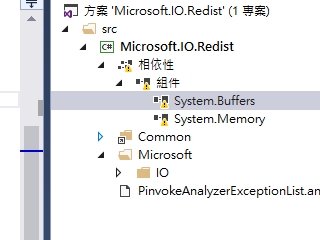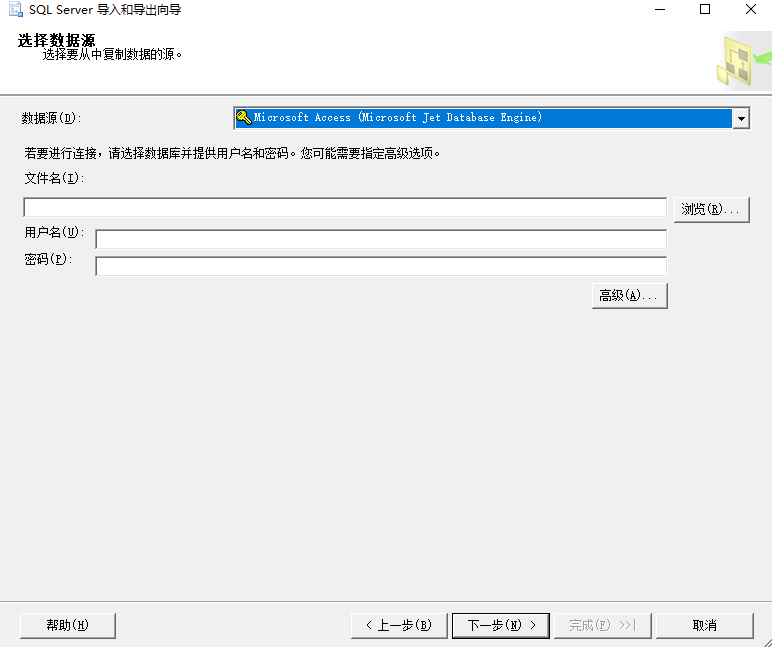How can I programmatically create an event that would simulate a key being pressed on the keyboard?
问题:
回答1:
The question is tagged WPF but the answers so far are specific WinForms and Win32.
To do this in WPF, simply construct a KeyEventArgs and call RaiseEvent on the target. For example, to send an Insert key KeyDown event to the currently focused element:
var key = Key.Insert; // Key to send
var target = Keyboard.FocusedElement; // Target element
var routedEvent = Keyboard.KeyDownEvent; // Event to send
target.RaiseEvent(
new KeyEventArgs(
Keyboard.PrimaryDevice,
PresentationSource.FromVisual(target),
0,
key)
{ RoutedEvent=routedEvent }
);
This solution doesn\'t rely on native calls or Windows internals and should be much more reliable than the others. It also allows you to simulate a keypress on a specific element.
Note that this code is only applicable to PreviewKeyDown, KeyDown, PreviewKeyUp, and KeyUp events. If you want to send TextInput events you\'ll do this instead:
var text = \"Hello\";
var target = Keyboard.FocusedElement;
var routedEvent = TextCompositionManager.TextInputEvent;
target.RaiseEvent(
new TextCompositionEventArgs(
InputManager.Current.PrimaryKeyboardDevice,
new TextComposition(InputManager.Current, target, text))
{ RoutedEvent = routedEvent }
);
Also note that:
Controls expect to receive Preview events, for example PreviewKeyDown should precede KeyDown
Using target.RaiseEvent(...) sends the event directly to the target without meta-processing such as accelerators, text composition and IME. This is normally what you want. On the other hand, if you really do what to simulate actual keyboard keys for some reason, you would use InputManager.ProcessInput() instead.
回答2:
To produce key events without Windows Forms Context, We can use the following method,
[DllImport(\"user32.dll\")]
public static extern void keybd_event(byte bVk, byte bScan, uint dwFlags, uint dwExtraInfo);
sample code is given below:
const int VK_UP = 0x26; //up key
const int VK_DOWN = 0x28; //down key
const int VK_LEFT = 0x25;
const int VK_RIGHT = 0x27;
const uint KEYEVENTF_KEYUP = 0x0002;
const uint KEYEVENTF_EXTENDEDKEY = 0x0001;
int press()
{
//Press the key
keybd_event((byte)VK_UP, 0, KEYEVENTF_EXTENDEDKEY | 0, 0);
return 0;
}
List of Virtual Keys are defined here.
To get the complete picture, please use the below link, http://tksinghal.blogspot.in/2011/04/how-to-press-and-hold-keyboard-key.html
回答3:
I\'ve not used it, but SendKeys may do what you want.
Use SendKeys to send keystrokes and keystroke combinations to the active application. This class cannot be instantiated. To send a keystroke to a class and immediately continue with the flow of your program, use Send. To wait for any processes started by the keystroke, use SendWait.
System.Windows.Forms.SendKeys.Send(\"A\");
System.Windows.Forms.SendKeys.Send(\"{ENTER}\");
Microsoft has some more usage examples here.
回答4:
Easily! (because someone else already did the work for us...)
After spending a lot of time trying to this with the suggested answers I came across this codeplex project Windows Input Simulator which made it simple as can be to simulate a key press:
Install the package, can be done or from the NuGet package manager or from the package manager console like:
Install-Package InputSimulator
Use this 2 lines of code:
inputSimulator = new InputSimulator() inputSimulator.Keyboard.KeyDown(VirtualKeyCode.RETURN)
And that\'s it!
回答5:
Windows SendMessage API with send WM_KEYDOWN.



